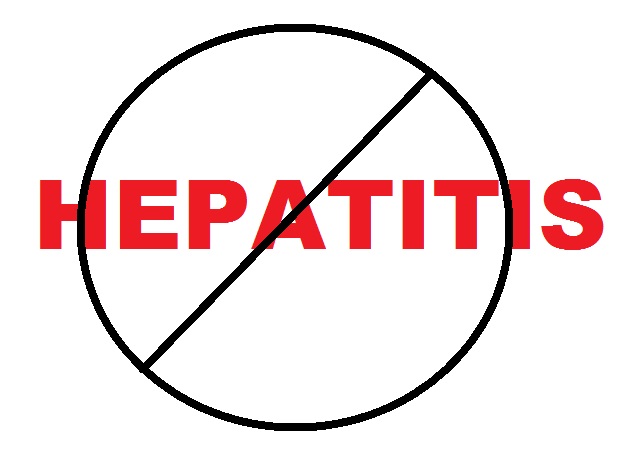Energy Saving Bulbs and Health Effects
According to the UK Trade Union Congress, about 5,000 people die annually in Britain of Mesothelioma and asbestos related lung cancer. Add to this about two or three times this number of deaths for victims of asbestosis, pleural thickening and pleural plaques, and you are beginning to imagine the damage that human health has suffered from asbestos manufacture and use in UK. The UK has enacted series of laws (latest in 2012) to raise public awareness and to check work place exposure to asbestos but deaths and cancer cases are expected to continue for many more years to come.
In Nigeria, the situation is different; the rate of asbestos use for roofing work is on the decline but we still drink rainwater collected from asbestos roofs. Many buildings are still cladded in very old asbestos sheets and the owners have no plans to remove them. One can only wonder how much our health as a nation has been affected by the use of asbestos.
While Nigeria is yet to become fully awakened to the fatal health impacts of asbestos, another harbinger of cancer has stormed the market in the name of Compact Fluorescent Lights (CFL) otherwise known as ‘energy saving bulbs’. Dealers who sell CFL smile to the banks and the consumers seem to be getting the value for their money. CFL saves up to 75 percent of energy cost. The Minister of Power eulogises the CFL innovation is these words,
“For a hundred watts of regular bulb, if you have a five watts of LED, it will serve you the same purpose, give you the same luminosity so the whole country would benefit and what we are saying is this: If the whole of the country put LED in use, it will free us 1,200 megawatt of power for industry, manufacturing, SME and industrial revolution will further boom.”
He called on all Nigerians to begin the modification that will see all homes and offices LEDified, referring to light-emitting diode, a component of CFL. In effect, the long awaited solution to the lingering power supply problem is in sight. CFL is cheap, energy efficient and available but that is not all. The Minister of Power is obviously not telling all the truth about CFL. Is the Minister, like the marketers who are making millions as profits, presenting to the consumers a ‘Trojan gift’, a commodity that will in due course unleash on the unsuspecting consumers a misery that will snowball through many generations? This write-up will attempt to highlight some of the harmful effects of CFL.
CFL emit radiations in the frequency range of 20 – 100 kilohertz (KHz). This can be very dangerous to the human body when the source of light is about a metre or less away. The intensity increases as the distance reduces because the electromagnetic field gets more powerful. Some short-term effects are cluster headaches, migraine, dizziness, fatigue, anxiety and inability to concentrate. The long-term effects are increase in skin diseases and glaucoma. However, it is not only the eyes that are at risk; the skin is too. The UV light burns the skin, damaging its cells, causing it to age and makes it more susceptible to skin cancer. The risk is even greater in situations where the bulbs are faulty!
Energy saving bulbs contains mercury, a toxic substance that is harmful to the humans, animals and plants. Although mercury is only present in very small amounts which is often said not to be harmful and that exposure is only when the lamp breaks, there is not much that can be done to prevent it from getting absorb into all sorts of fabrics when it breaks. The absorbed mercury is later given off as mercury vapour. Children and crawling babies are more at risk because mercury vapour is heavier than air and tend to be more concentrated at the floor levels. Exposure to mercury means higher risks of damage to the cardiovascular, immune and reproductive systems. It means also tremors, insomnia, Alzheimer’s syndrome, cancer and a whole lot of health problems.
Furthermore, improper disposal of CFL can lead to ground water poisoning. In the riverine areas, this can lead to bioaccumulation of mercury, which will eventually find its way into the food chain especially through fish. This can present a particularly harmful situation in a case where a community depends on the contaminated surface ground water for her drinking water.
Admittedly, this write-up has concentrated more on the negative findings and fears of the CFL. The many pluses have been highly publicised but little has been said about the health and safety dimension. Even though many of the fears are yet to be scientifically substantiated, it is good that adequate precautions be taken. Prevention, they say, is better than cure and a stitch in time saves nine!
•Daniel Adayi, CSSp is a Catholic Priest and an environmental conservationist.







